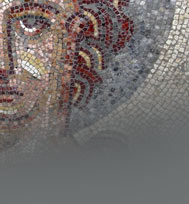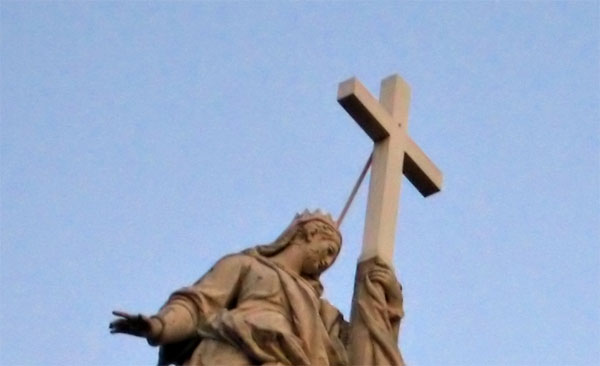


When Christianity swept throughout early Rome,
newly architectural forms and buildings were developed
to celebrate this new monotheistic religion embraced by
early Romans. Many of the: Greek temples styles, Roman
public buildings, Synagogues, private buildings, and
houses were rejected by this new mystic religion
sweeping throughout the ancient empire known as
Christianity.
Constantine became the supporter of Christianity and
wanted to build churches where Roman Christians could
worship. The problem with typical pagan temples was that
sacrifices and ceremonies mainly occurred outside pagan
worship sites, while the actual temple housed the cult,
statues, and treasury. Paganism worship consisted of an
openness and all-encompassing nature of all kinds of
practices. When Christianity was introduced throughout
the empire, it was a mystic religion which needed a
refreshed place of worship. This would change the scene
of architecture and how it was done throughout the
empire. Pagan exterior architecture traits changed to
interior Christian architecture traits that would change
how the Ancient Roman world worshiped.
Whenever an Emperor came into power they left behind a
legacy of building temples and monuments to embrace and
celebrate events throughout their reign. Constantine
wanted to ensure his church planners' architectural
buildings had meaning to this new mystic religion
sweeping through the empire. This led to building Roman
buildings called Basilicas. A Basilica was a place where
public gatherings were held. This included courts,
finical centers, halls, and reception halls. Most Roman
cities had a central Basilica and newly Christian
churches due to Christianity sweeping throughout the
empire. These architectural forms were designed to
celebrate Constantine's Church of the Holy Apostles
which was built in his new capital of Constantinople.
Christian worshiping centers were built in the form of
the cross replacing the traditional basilica design.